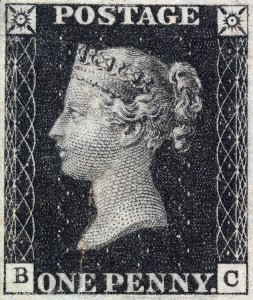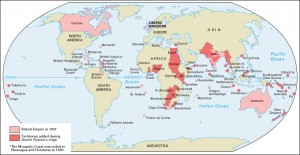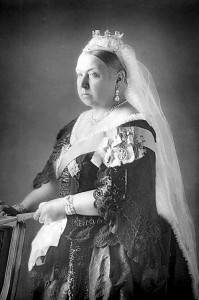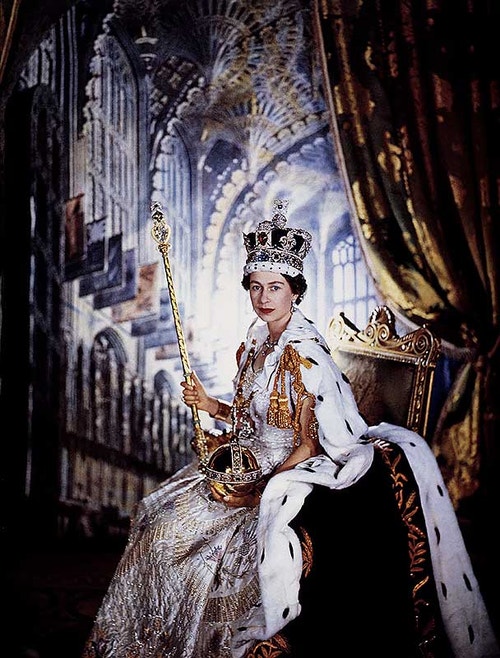Queen Victoria 200
Friday, May 24th, 2019May 24, 2019
Today, May 24, marks the 200th anniversary of the birth of Britain’s Queen Victoria in 1819. Victoria was queen of the United Kingdom of Great Britain and Ireland from 1837 until her death in 1901. The United Kingdom reached the height of its power during this period. It built a great colonial empire that stretched around the world and achieved tremendous industrial expansion at home. The time of Victoria’s reign is often called the Victorian Age.

The “Penny Black” was the world’s first postage stamp in 1840. The British Post Office stamp features a portrait of young Queen Victoria. Credit: The Metropolitan Museum of Art
Many important events took place during Victoria’s reign. The United Kingdom acquired the island of Hong Kong after fighting China in the First Anglo-Chinese War (1839-1842), also known as the First Opium War. The country also fought in the Crimean War (1853-1856) against Russia, and in the Anglo-Boer War of 1899-1902 to protect its interests in southern Africa.

Click to view larger image
During Victoria’s reign (1837-1901), the British Empire grew enormously. Additions included major territories in Africa and southern Asia and smaller territories in the Pacific and Indian oceans. Credit: WORLD BOOK map
In 1858, control of India was transferred from the British East India Company, a trading firm, to the British government. Victoria became empress of India in 1877. The United Kingdom seized control of Egypt and many other areas. British colonies united in Australia and Canada, and these countries became important members of the growing British Empire.
British industries benefited from the expanding empire and made the United Kingdom the richest country in the world. The United Kingdom ended restrictions on foreign trade, and its colonies became both sources of raw materials and markets for its manufactured goods. The United Kingdom was called the workshop of the world. The British Empire included a fourth of the world’s land and a fourth of its people.
In February 1840, Queen Victoria married a cousin, Prince Albert of Saxe-Coburg and Gotha. They had four sons and five daughters. The prince was a scholar, philanthropist, and businessman, and the people came to respect him. He actively assisted his wife in her royal duties. Albert died in 1861, and Victoria never recovered from her grief at his loss. She withdrew from social activities and dressed in black for many years. Victoria died on Jan. 22, 1901, and her eldest son became King Edward VII.




